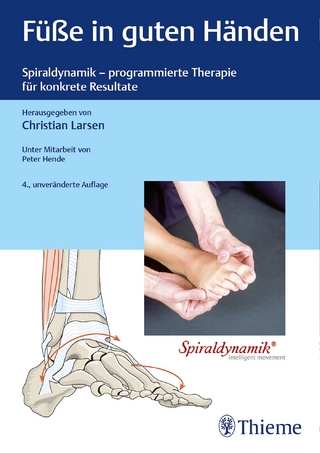
Basic Finite Element Method as Applied to Injury Biomechanics
Academic Press Inc (Verlag)
978-0-12-809831-8 (ISBN)
In addition, the book focuses on how to apply material properties and loading conditions to the model, how to arrange the information in the order of head, neck, upper torso and upper extremity, lower torso and pelvis and lower extremity. The book covers scaling from one body size to the other, parametric modeling and joint positioning, and is an ideal text for teaching, further reading and for its unique application to injury biomechanics.
With over 25 years of experience of developing finite element models, the author's experience with tissue level injury threshold instead of external loading conditions provides a guide to the "do’s and dont's" of using finite element method to study injury biomechanics.
Dr. King-Hay Yang received his B.S. degree from the National Taiwan University in 1976 and Ph.D. degree from Wayne State University in 1985. He served as an Assistant Professor at the Department of Orthopedic Surgery, West Virginia University from 1985 to 1988. Presently, Dr. Yang is a Professor of the Department of Biomedical Engineering and the Director of the Bioengineering Center at Wayne State University. Since 2014, he has been serving as a member of the Human Factors Panel of the National Academies. Dr. Yang’s research interests include injury biomechanics, contact impact biomechanics, and bone fracture biomechanics. His most recent research involves detailed modeling of the human body from head to toe in efforts to investigate mechanisms of injury related to motor vehicle collisions, contact sports, and blast-induced injuries. His team developed a human brain model that is now on a permanent display at the Computer World of the Smithsonian Institution. Dr. Yang received the 1984 Volvo award in Biomechanics, The Creators: Metro Detroit’s Inventors award by Crane’s Detroit Business; the Best Biomechanics Paper Award of the 2001 International Congress on Whiplash Associated Disorders; the 2001, 2007, and 2008 John Paul Stapp Best Paper Awards; and the 2009 Ralph H. Isbrandt Award for the best paper in automotive safety at the Society of Automotive Engineers (SAE) World Congress. He is a Fellow of the American Institute for Medicine and Biological Engineering (AIMBE) and a Fellow of SAE. He has served as a Visiting Professors at the Swiss Federal Institute of Technology in Zurich, Switzerland, in 1994; Monash University in Melbourne, Australia from 2001 to 2007; the National Cheng-Kung University in Tainan, Taiwan in 2003; the Honk Kong Polytech University in Kowloon, Hong Kong, in 2005; and the Taipei Medical University in 2011. He has also been a Chang-Jiang (Yangtze River) Professor of Hunan University in Changsha, Hunan, China since 2005. Dr. Yang is a member of the Stapp Advisory Committee of the Stapp Car Crash Conference, the premier forum for presentation of research in impact biomechanics, human injury tolerance, and related fields that advance the knowledge of land-vehicle crash-injury protection. Additionally, he is a council member of the International Research Council on Biomechanics of Injury (IRCOBI), which aims at improving the scientific basis on which safety and crashworthiness standards are formulated. Lastly, he has been serving on the Advisory Committee of the Life Science Advisory Board, Lawrence Technical University, since 2007.
1. Introduction2. Meshing, Element Types, and Element Shape Functions3. Isoparametric Formulation and Mesh Quality4. Element Stiffness Matrix5. Material Laws and Properties6. Boundary and loading conditions7. Stepping through finite element analysis8. Modal and Transient Dynamic Solutions9. Biological Components Modeling10. Parametric Modeling11. Modeling passive and active muscle12. Modeling the Head13. Modeling the Neck14. Modeling the Upper Torso and Upper Extremity15. Modeling the Lower Torso16. Modeling the Lower Extremity17. Modeling Vulnerable subjects18. Fundamentals of Blast Modeling
| Erscheinungsdatum | 30.09.2017 |
|---|---|
| Verlagsort | San Diego |
| Sprache | englisch |
| Maße | 191 x 235 mm |
| Gewicht | 1520 g |
| Themenwelt | Medizin / Pharmazie ► Physiotherapie / Ergotherapie ► Orthopädie |
| Technik ► Medizintechnik | |
| ISBN-10 | 0-12-809831-7 / 0128098317 |
| ISBN-13 | 978-0-12-809831-8 / 9780128098318 |
| Zustand | Neuware |
| Haben Sie eine Frage zum Produkt? |
aus dem Bereich


